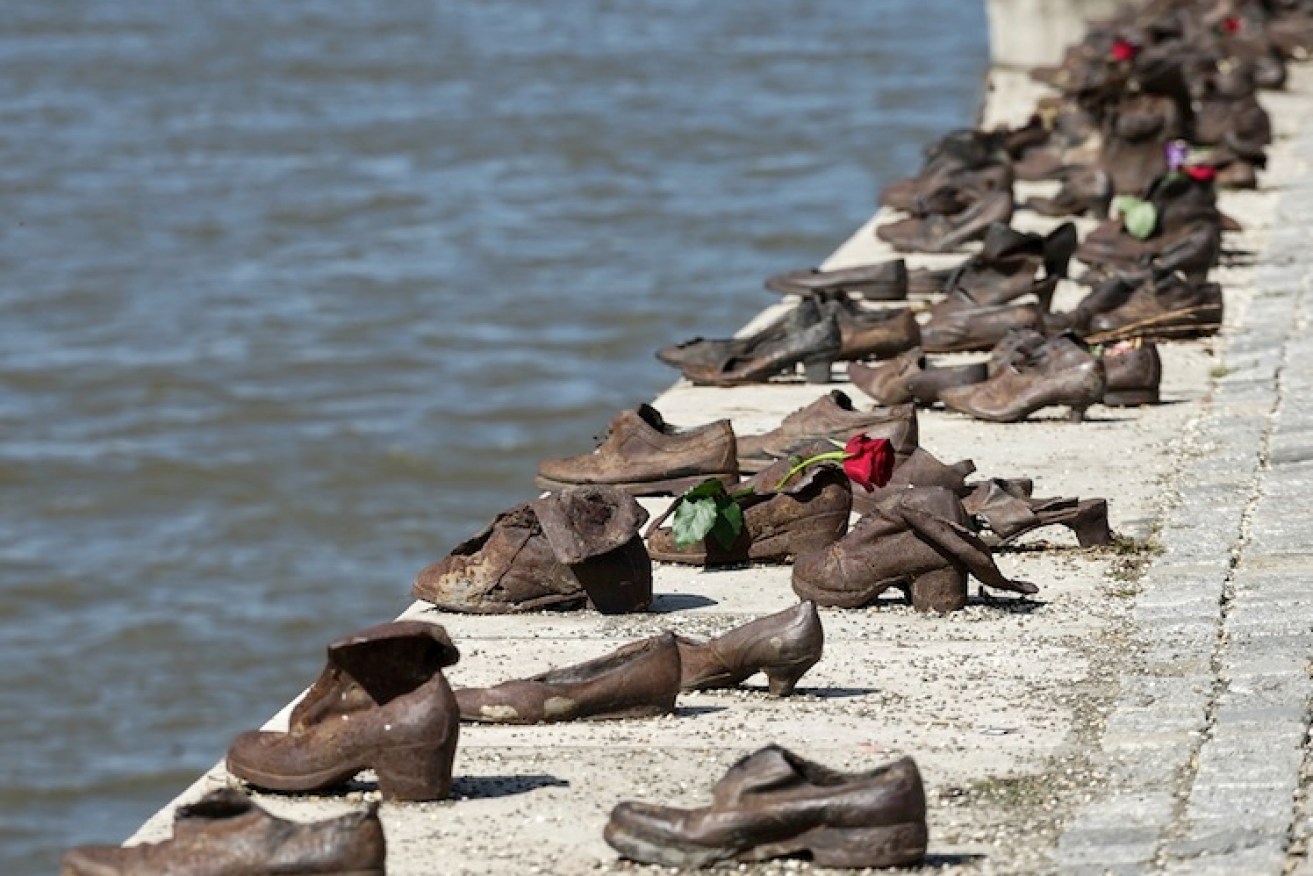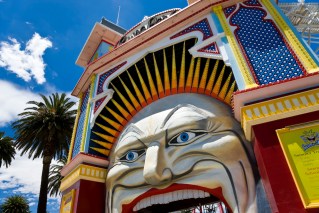Budapest: why you need to visit Europe’s coolest city

The Shoes on the Danube Bank memorial pays tribute to Jewish victims of WW2. Photo: Shutterstock
Two of the most dominant influences on Budapest’s architecture are the neo-Gothic movement and Communist reign. It makes for an interesting walk down Andrassy Utca to the Millennium Monument in Heroes’ Square as elaborate palatial structures meet modest, near-identical apartment blocks along the way.
It leads one to imagine the different lives that the people of Hungary have led over time under Soviet rule and dictatorship to overcoming wartime conflict and public revolt.
• Into the wild: the best campgrounds in Australia
There is no question, however, about Budapest’s power or influence in the Eastern Bloc when you journey along the Danube River and see Parliament House on the Pest bank being mindfully overlooked by Buda Castle.
Both are stunning, significant structures that light up the glassy night water with a golden glow, melding the two sides of the city that were unified in name and political nature in 1873.

The striking Hungarian Parliament building lights up the banks of the Danube. Photo: Shutterstock
Most travellers visit Budapest for its exquisite thermal spas. The Romans colonised the city west of the Danube for that same reason: to capitalise on the near-100 thermal springs that feed into the city’s bathhouses.
It is the world’s largest thermal water cave and visitors can frequent public baths of varying temperatures, saunas and steam rooms, plus the usual public pool facilities.
Some baths are located in large public parks allowing for a picnic in the grass after a day of decompressing, while others have ticketed parties on Friday and Saturday nights with drink packages and music until the early hours.
However, for the more adventurous or curious there is an experience not to be missed. Watage, also known as watsu, is “emotional liberation through water massage”.
The practitioner guides the client through 45 minutes of meditation and manipulation in the warm and comforting thermal pool, building trust and encouraging the guest to free themselves of stress and anxiety. Likened to “shiatsu of the water”, watage is a powerful experience and, for some, a spiritual event.

Inside the Gellert Thermal Bath, a traditional Hungarian thermal bath complex with spa treatments. Photo: Shutterstock
Another lesser-known activity in Budapest is trekking in the Buda Hills. A half-hour bus ride from the city centre will put you in the public conservation area where trekking and orienteering paths wind through many hectares of woods and mountain peaks.
Some “peaks” reach 500 metres (above city level) and provide a spectacular view over the 525sqkm of Budapest below.
Take a packed lunch, or better yet, the makings of a barbecue – you can use the designated fire pits to build a bonfire, roast some vegetables and spicy Hungarian sausage, and pair them with the country’s iconic Dreher or Soproni beers.

The Great Market Hall houses a plethora of local treasures. Photo: Shutterstock
Foodies should make a beeline for the Great Market Hall, Nagy Vasarcsarnok, to see stall after stall of exotic fresh fruit and vegetables, spices, cured meats, cheeses and, of course, every type of pickle imaginable.
The striking building, located at the foot of Liberty Bridge, was built in 1897 and is well deserving of its “Great” mantle as it has a spectacularly colourful Zsolnay-tiled roof plus intricate wrought-iron detailing inside.
Nagy Vasarcsarnok is set over three levels, with the ground floor the most visually rich and commercial. Upstairs there are stalls with souvenirs, delicate glass plates and carvings, and leather goods.
But the most authentic, and interesting, level of the market is the basement, where butchers and fishmongers work among semi-retired women who sell pickled cucumber, cabbage, beets, cauliflower, tomatoes and garlic, all beautifully presented with character in jars big and small.

The shoes on the Danube Bank memorial pay tribute to Jewish victims of WW2. Photo: Shutterstock
Budapest has an ever-changing and growing hipster bar scene that started as the ruin pub trend in the city’s Jewish quarter. These venues opened in abandoned houses and factories that were facing demolition, giving new life to one of the oldest neighbourhoods of Budapest.
Often equipped with rejected furniture from community centres, cinemas and grandmothers’ flats, they have a very retro-cool and urban-chic feel. Bar hopping is easy from street to street, but take a friend along for company as the roads aren’t well lit and some entrances are a bit concealed.
Stay: HomePlus Hostel
This hostel is great for young, single travellers who want the feeling of family around. Nightly group dinners and outings provide plenty of opportunity to meet people from far and wide, while the common area is well utilised and decked out. It has the basics and is a downright bargain for its central location. If you’re seeking more comforts and privacy, best to look for a higher budget option.
Balassi Balint utca, 27
Eat: For Sale Pub
Come here just for the novelty of eating peanuts and throwing the shells on the floor. Seriously. It is one of two curiosities of this international bar that every table is adorned with a well-melted candle, old-world furnishings and a free bowl of whole peanuts. And as you crunch across the room to a table, you soon understand why a second bowl isn’t provided for the discards.
The second quirk? Well, we can only say that there’s quite the guestbook. The food is traditional pub meals with Hungarian favourites of goulash and paprika-spiced sausage on the menu.
Vamhaz korut, District 5
See: Buda Castle
The courtyards of the castle are open 24/7 and make up a quasi village atop one of the city’s highest points with churches, great halls, houses and lookouts. A walk at night is certainly recommended to take in the romantic glitter of lights on the horizon, and the Medieval and baroque features become even grander. Food and culture festivals are held on the grounds throughout the year, while history buffs can visit the National Gallery and History Museum
Often equipped with rejected furniture from community centres, cinemas and grandmothers’ flats, they have a very retro-cool and urban-chic feel. Bar hopping is easy from street to street, but take a friend along for company as the roads aren’t well lit and some entrances are a bit concealed.
Szent Gyorgy ter 2
This article originally appeared on InDaily.








